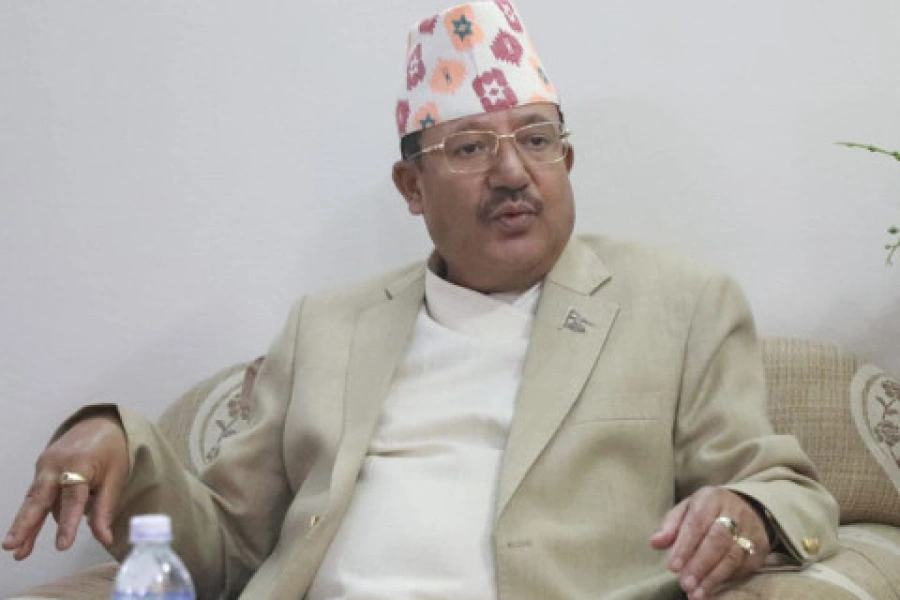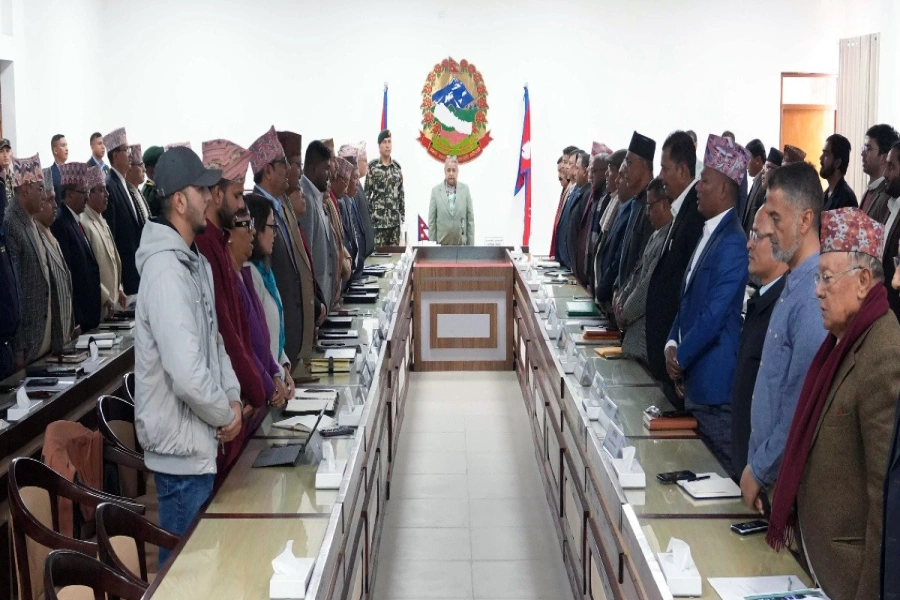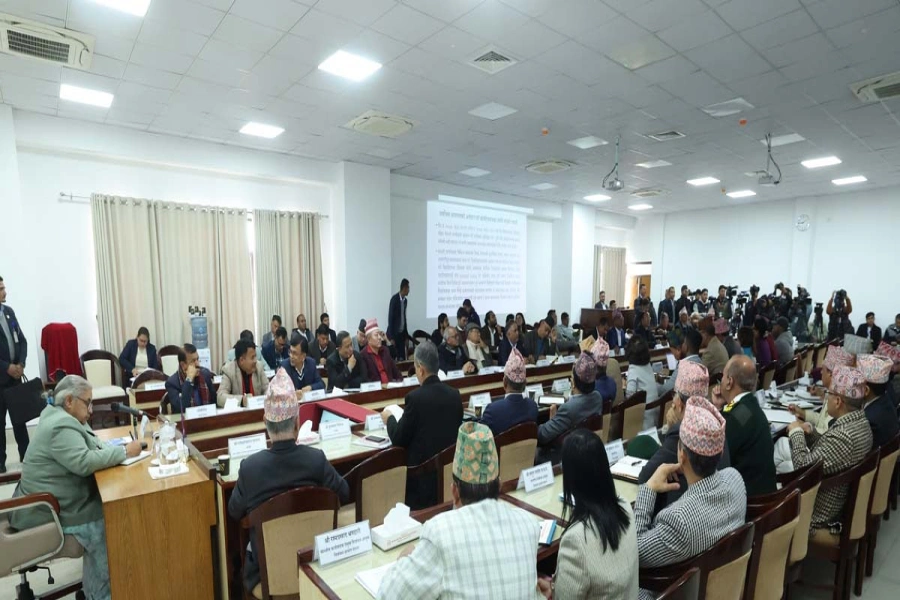KATHMANDU, Aug 11: An average of 12 percent of Nepalis are affected by Chronic Obstructive Pulmonary Disease (COPD), according to recent research conducted by the National Health Research Council on the state of non-communicable diseases in Nepal in July 2019.
According to the research, Karnali Province has the highest prevalence rate of COPD with 25.1 percent people there affected by the disease whereas the lowest prevalence is recorded in Gandaki Province (six percent).
State of Global Air, a site that offers the most recent information on air quality around the world, showed that air pollution was the third leading risk factor for early death, after dietary risks and high blood pressure in 2017. Outdoor PM 2.5 pollution and household air pollution were ranked as the fifth and ninth leading risk factors.
Kathmandu tops global air pollution chart again

The number of COPD patients has increased over the past few years. According to 'Burden of COPD in Nepal', one of the researches conducted in 2018, a total of 960,737 Nepalis suffered from COPD in 2016, which is twice the number of sufferers in 1990.
“An underestimation in the diagnosis of COPD is taking its toll on public health. In order to mitigate its risks, the level of awareness and easy access to medication should be a major priority,” said Tara Ballav Adhikari, Ph D fellow on COPD at Aarhus University, Denmark.
“Seeking preventive measure is always an alternative unless you can predict the risks of degrading air pollution and the health hazards imposed,” added Adhikari.
Dhulikhel Hospital has also seen an increase in cases of COPD in the past few years. While the ailment was quite common in elderly groups, Dr Nirish Vaidya, a Consultant Physician at the university has started to diagnose it in individuals of 30-40 age group. “There was a good possibility of COPD being cured or controlled through mediation as early as a few years back. However, the degree that we have started to observe recently in patients is severe,” said Vaidya.
A majority of patients visiting him are hardly aware of the fatal threats of air pollution and have rarely adopted measures to mitigate the risks. Medical experts suggest that the use of PM 2.5 mask is effective against air pollution. “Surgical masks are widely used. Although they are the most easily available masks, their efficiency to filter out PM 2.5, as well as larger particles such as dust and PM10, is low,” added Vaidya.
However, Dr Lochan Karki, a consultant physician and Secretary-General of Nepal Medical Association said that opting for PM 2.5 masks is a stopgap measure to prevent respiratory ailments like COPD. “The PM 2.5 masks are effective to lessen the risks of air pollution. However, their comparatively higher cost hinders their wide accessibility among people,” added Karki.
“We need to seek long-term solutions to combat this global health hazard through frequent research and action-oriented activities. For now, reduction in burning solid fuels, implementing green initiatives to cut on carbon emissions could be a sound move,” stressed Karki.







































